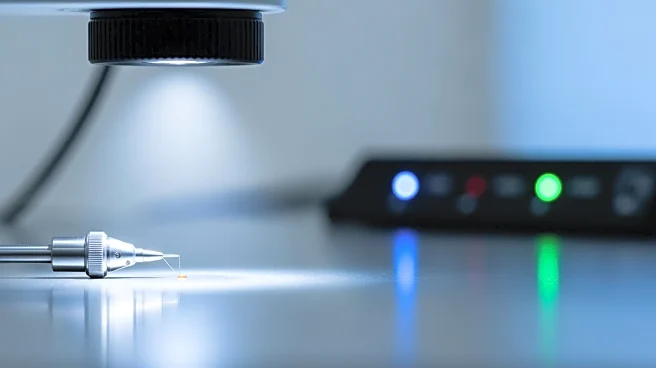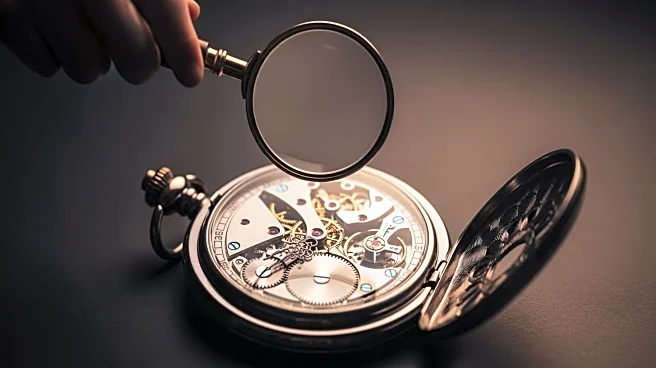What's Happening?
Researchers have found that human sperm can swim through highly viscous fluids, seemingly defying Newton's third law of motion. The study, led by Kenta Ishimoto from Kyoto University, explored how sperm and
other microscopic swimmers move through such environments. The research revealed that sperm tails possess 'odd elasticity,' allowing them to propel forward without significant energy loss. This discovery challenges traditional physics principles and provides insights into the unique mechanics of microscopic biological systems.
Why It's Important?
This finding has significant implications for understanding biological processes and could influence the design of biomimetic robots. By uncovering the unique properties of sperm movement, scientists can develop new technologies that mimic these natural systems. The research also contributes to the broader field of fluid dynamics and may lead to advancements in medical and environmental applications. Understanding how microscopic organisms navigate complex environments can inform the development of innovative solutions in various scientific and engineering fields.
Beyond the Headlines
The study challenges long-held assumptions about the applicability of classical physics to biological systems. It highlights the complexity and adaptability of living organisms, which can operate under different physical laws. This research may prompt further investigations into other biological systems that exhibit non-reciprocal interactions, potentially leading to new discoveries in biology and physics. The findings also raise questions about the limitations of current scientific models and the need for interdisciplinary approaches to study complex phenomena.











